Recruiters know that great candidates remain in high demand for only a short time. Traditional sourcing methods, however, waste too much time, rely heavily on manual effort, and often exhibit bias in their results. A recent survey reveals that 58% of recruiters using AI find it most valuable for effectively sourcing candidates, highlighting the significant impact of modern tools on recruiting today.
Hence, more teams are turning to modern sourcing tools for recruiters powered by AI, automation, and real-time insights. These solutions help recruiters go beyond LinkedIn searches and outdated databases, giving them access to diverse, qualified talent pools at scale. From DEI-friendly filters to ATS integrations, the right tool can mean the difference between landing top talent and losing them to competitors.
In this guide, we’ll break down the top sourcing tools for recruiters in 2025 and how to choose the right one.
Must-Have Features in Sourcing Tools for Recruiters
Recruiters cannot afford to waste time on tools that only scratch the surface. The best sourcing tools for recruiters go beyond basic search and automate large parts of the candidate identification process.
Here are the features that truly matter in 2025:
- AI-powered candidate search: Look for platforms that leverage AI to scan multiple databases, public profiles, and professional communities. This helps uncover passive candidates with niche skills who are often invisible on job boards.
- Diversity and inclusion filters: Modern tools should include features that reduce bias and improve DEI outcomes. For example, blind candidate sourcing and diversity insights can help teams widen their talent pools fairly.
- ATS and CRM integration: A sourcing tool that does not integrate smoothly with your existing applicant tracking system or recruitment CRM creates manual work. Native integrations ensure candidate data flows seamlessly into your hiring pipeline.
- Scalability for high-volume sourcing: Enterprise teams require tools that can efficiently manage thousands of candidate profiles and execute bulk outreach campaigns without lag. The best platforms support concurrent searches and outreach at scale.
- Automation of outreach and engagement: The ability to automate personalized email sequences and candidate follow-ups saves hours for recruiters. Look for tools that provide engagement analytics so you know which messages are working.
- Real-time candidate insights: Tools should provide up-to-date information on candidate skills, availability, and online activity. This ensures you are reaching candidates when they are most likely to engage.
- Built-in assessment or interview capabilities: Some sourcing tools stop at candidate discovery. Best-in-class solutions like HackerEarth combine sourcing with skill assessments and coding interviews, allowing recruiters to qualify candidates in one workflow.
Quick Overview Table: Sourcing Tools for Recruiters in 2025
This table provides a quick comparison of the leading sourcing tools for recruiters, breaking down key features to help you find the best tool for your hiring needs.
Top 7 Sourcing Tools for Recruiters Explained
Recruiters are increasingly turning to AI-powered tools to streamline their hiring processes. Trimble Inc. maximized recruiter bandwidth by 66% by using HackerEarth Recruit to automate initial candidate assessments. They reduced the number of applicants requiring manual review from 30 to 10 per position. Using these technologies allows recruiters to improve efficiency, maintain high-quality candidate experiences, and respond faster to changing hiring needs.
Below are some of the leading sourcing tools that recruiters use today, along with the specific features and benefits that make each tool valuable.
1. HackerEarth
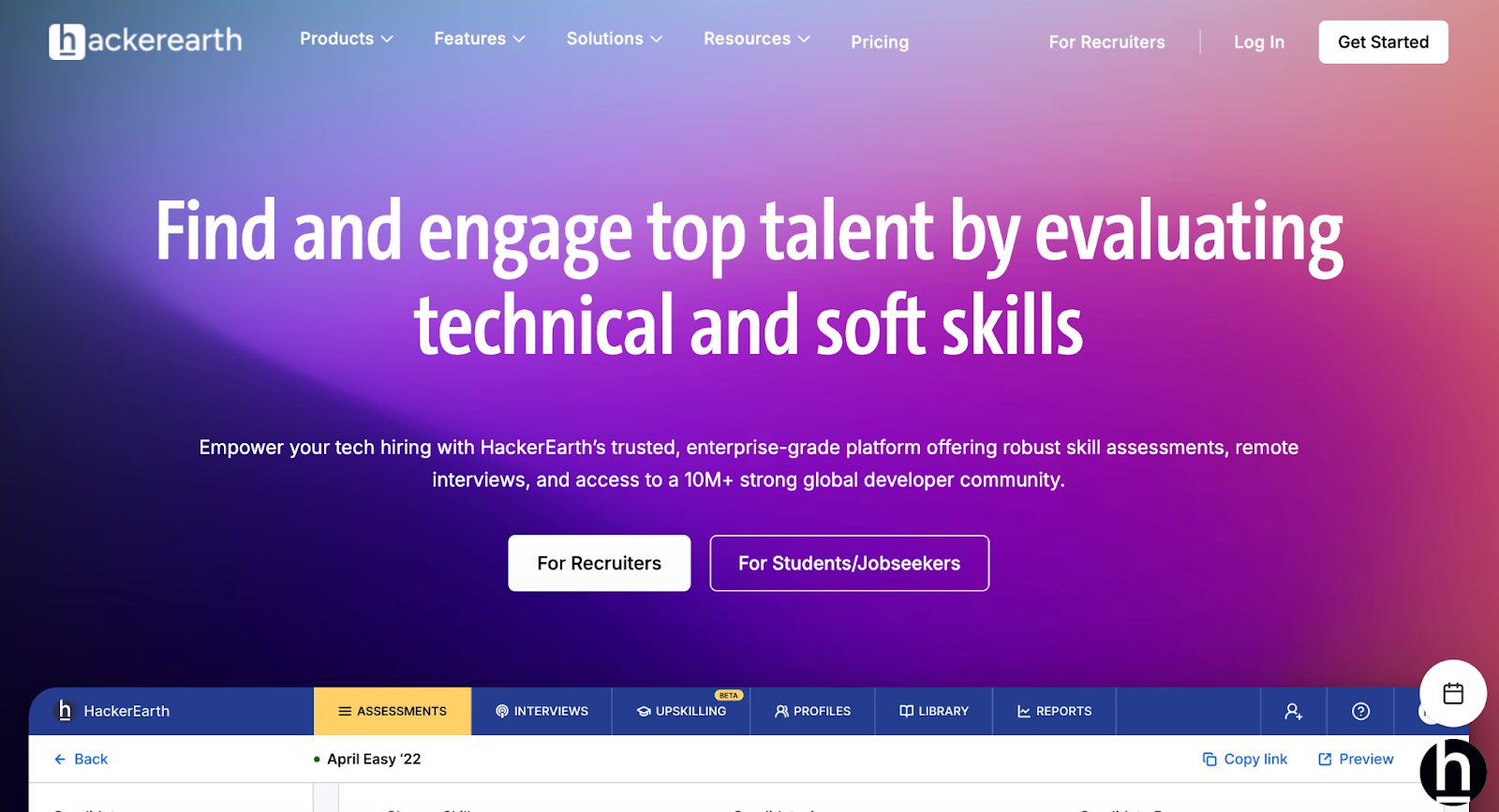
HackerEarth is an enterprise-grade talent acquisition platform designed to help recruiters source, assess, and interview talent with precision and scale. It consists of an extensive library of 36,000+ questions, covering 1,000+ technical skills, soft skills, and 40+ programming languages. Recruiters can assess candidates in tech skills like software engineering, data science, and machine learning, as well as soft skills like communication and collaboration. The platform also integrates with ATS systems, allowing recruiters to move candidates seamlessly into their pipelines.
One of the strongest sourcing capabilities comes through HackerEarth hackathons. These curated, end-to-end coding and programming challenges help companies go beyond resumes. They engage a global community of 10M+ developers across 133 countries and 450+ universities. Trusted by organizations like Google, Amazon, Microsoft, and IBM, these hackathons showcase real-world problems. They can easily attract skilled candidates who may not be active on job board (while serving as effective employer branding engines). With over 100M code submissions to date, these hackathons give recruiters access to pre-vetted, engaged applicants while HackerEarth manages promotion, evaluation, and shortlisting.
This makes it especially valuable for large enterprises and high-growth companies that need to move quickly without compromising on quality.
Another of HackerEarth’s strongest advantages is its security and fairness in assessments. Recruiters gain access to AI-powered proctoring features such as Smart Browser monitoring, tab-switch detection, audio and video proctoring, and AI snapshots. These features minimize hiring fraud while creating a level playing field for candidates. In addition, HackerEarth auto-evaluates subjective answers, scores code quality with SonarQube integration, and provides detailed skill-wise analytics to help recruiters make informed decisions.
Its FaceCode interview module enables structured coding interviews with collaborative editing, interviewer notes, and automated summaries. Combined with 24/7 support, SLA-backed reliability, and the ability to host 100,000+ concurrent assessments, HackerEarth is purpose-built for recruiters who need sourcing tools that work at scale while maintaining accuracy and fairness in every hire.
Key features
- 36,000+ questions across 1,000+ technical skills and 40+ programming languages
- AI-powered proctoring: Smart Browser, tab-switch detection, audio monitoring, AI snapshots
- Auto-evaluation of subjective answers with keyword and AI-based scoring
- Code quality analysis in collaboration with SonarQube
- FaceCode interview module with collaborative coding, interviewer notes, and automated summaries
- Unlimited concurrency, supporting 100,000+ candidates simultaneously
- Skill benchmarking and DEI-friendly performance reports
- 24/7 support with SLA-backed commitments
Pros
- Combines sourcing, assessments, and interviews in one platform
- Robust analytics, including skill-wise charts and code quality reports
- Strong enterprise support and integrations with ATS
Cons
- Advanced features and no option for a stripped down planrequire onboarding to use fully
Pricing
- Growth Plan: $99/month per user (10 credits)
- Scale Plan: $399/month (25 credits)
- Enterprise: Custom pricing with volume discounts and advanced support
📌Suggested read: The 12 Most Effective Employee Selection Methods for Tech Teams
2. Entelo
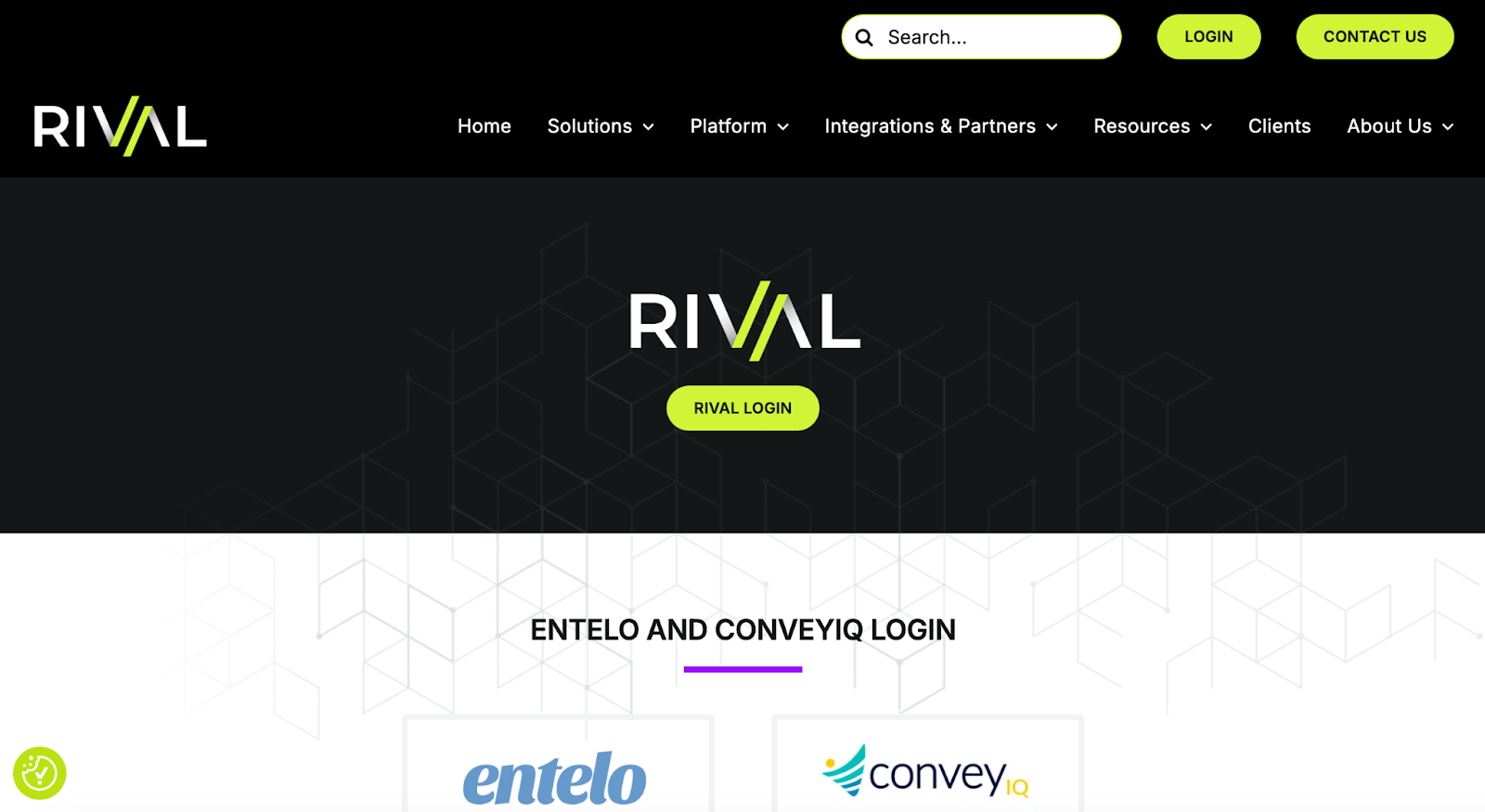
Now part of Rival, Entelo is a sourcing tool designed to help recruiters identify and engage diverse candidates. Its AI-driven search capabilities analyze millions of profiles across professional networks, social media, and databases.
Recruiters can filter talent pools by diversity indicators, career trajectory, and engagement likelihood. Integration with major ATS systems makes it easy to move candidates from discovery to pipeline.
Key features
- AI-driven sourcing and predictive candidate analytics
- ATS integration to move profiles into pipelines
- Candidate engagement and outreach tools
Pros
- Strong focus on DEI in sourcing
- Diversity-focused search filters
- Well-rated for integration capabilities
Cons
- Less flexible for technical niche sourcing
Pricing
- Custom pricing
📌Also read: The Mobile Dev Hiring Landscape Just Changed
3. SeekOut
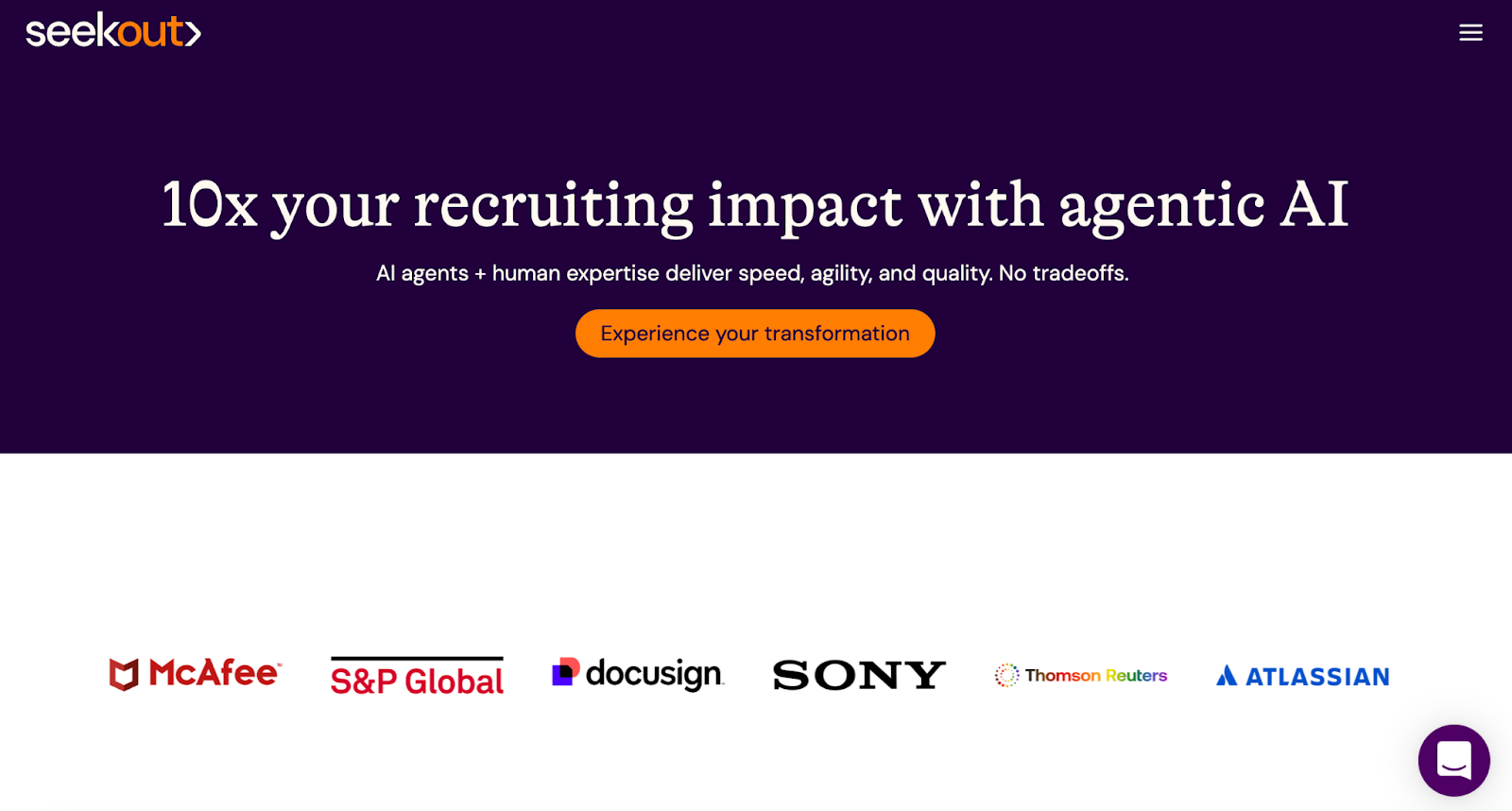
SeekOut specializes in technical and hard-to-fill roles, giving recruiters access to talent hidden in niche communities like GitHub and research publications. It supports blind sourcing modes to reduce bias and provides detailed diversity analytics.
Many enterprise recruiters value its advanced filters and candidate enrichment capabilities.
Key features
- Blind sourcing mode to reduce bias
- Diversity analytics for DEI-driven sourcing
- Candidate enrichment from multiple public data sources
Pros
- Excellent for tech and niche roles
- Strong DEI support and analytics
- High customer support satisfaction
Cons
- Interface complexity for new recruiters
Pricing
- Available in SeekOut Spot & SeekOut Recruit: Custom pricing
4. HireEZ (formerly Hiretual)
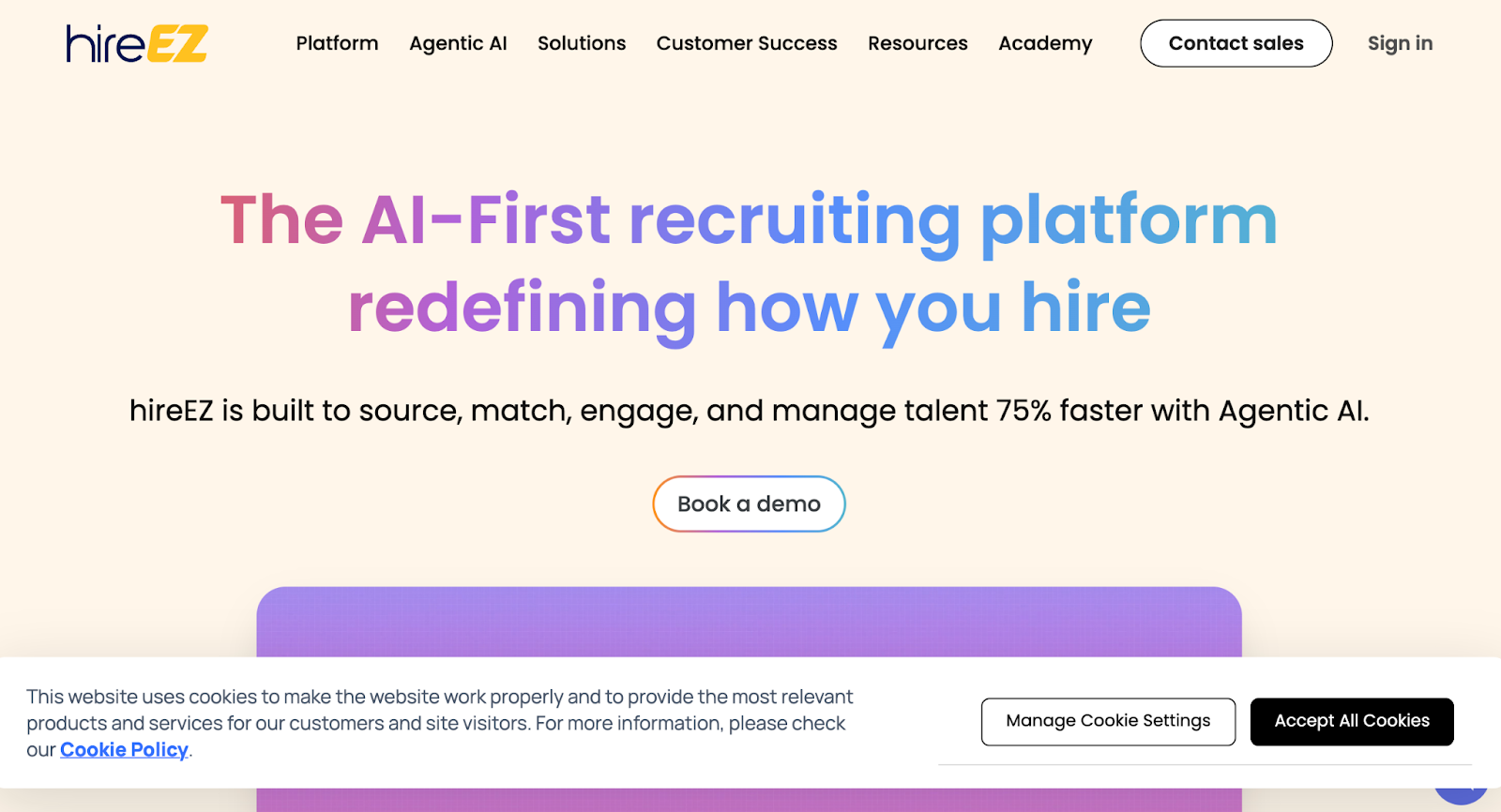
HireEZ combines sourcing and outreach in one platform. Recruiters can run unified searches across the open web, internal ATS data, and professional profiles.
Its automation features help send personalized candidate outreach at scale, while engagement analytics show which campaigns perform best.
Key features
- Unified search across the open web, professional networks, and ATS databases
- Engagement analytics to track recruiter effectiveness
- Candidate rediscovery from existing ATS data
Pros
- Easy-to-use interface
- Strong search filters across multiple data sources
- Outreach automation saves recruiter time
Cons
- Limited depth for DEI-focused sourcing compared to Entelo or SeekOut
Pricing
- Custom pricing
5. AmazingHiring
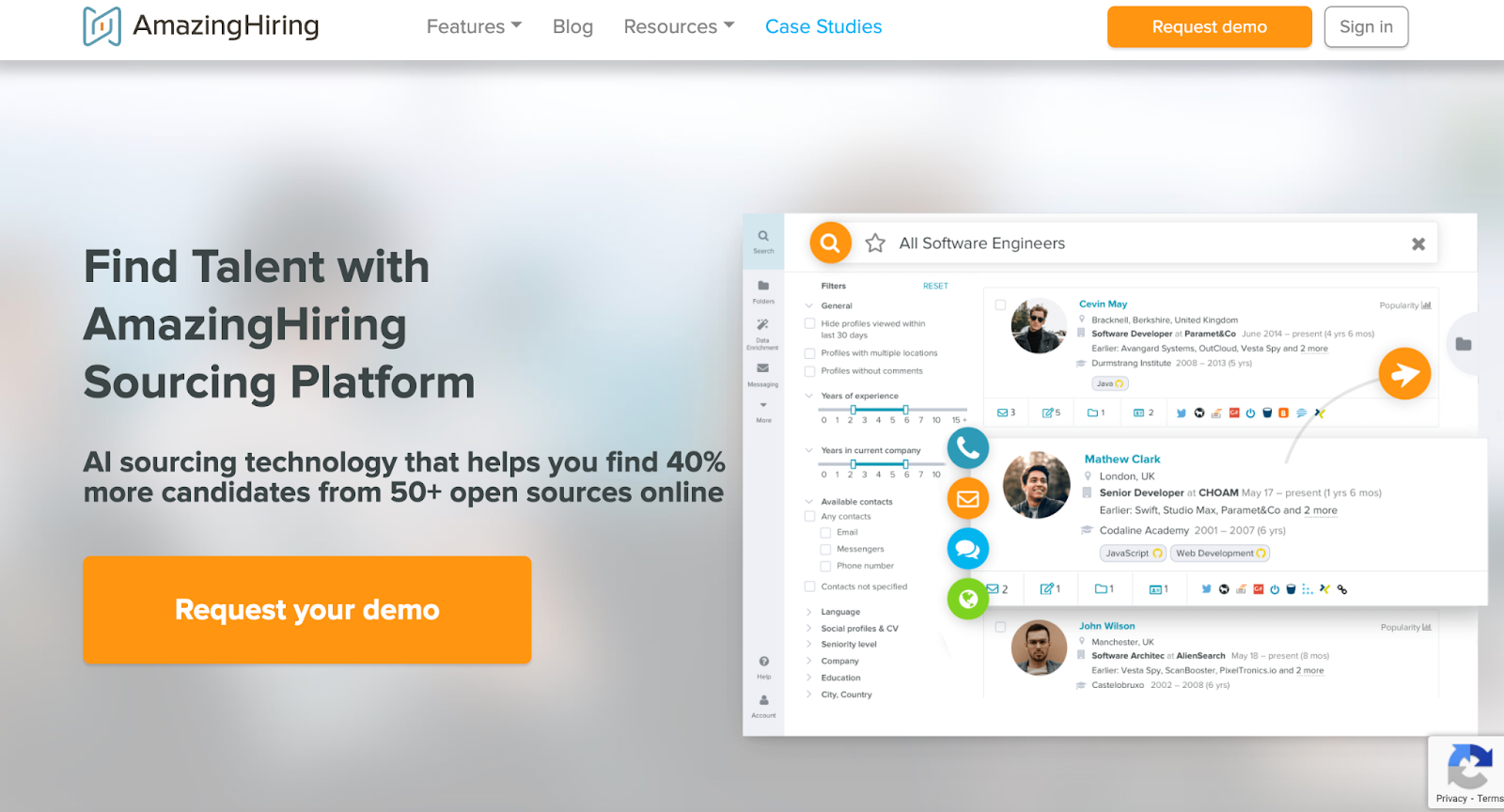
AmazingHiring is built for recruiters sourcing developers and engineers. It aggregates data from coding platforms, professional forums, and open-source repositories.
This makes it effective for discovering passive candidates with niche skills who may not be active on job boards or LinkedIn.
Key features
- Aggregated profiles from coding and technical platforms
- Advanced filtering for niche technical skills
- Candidate enrichment and engagement support
Pros
- Strong at uncovering developer and engineer profiles
- Effective for passive sourcing in tech communities
- Passive candidate discovery
Cons
- Narrower scope compared to general sourcing tools
Pricing
- Custom pricing
6. LinkedIn Recruiter
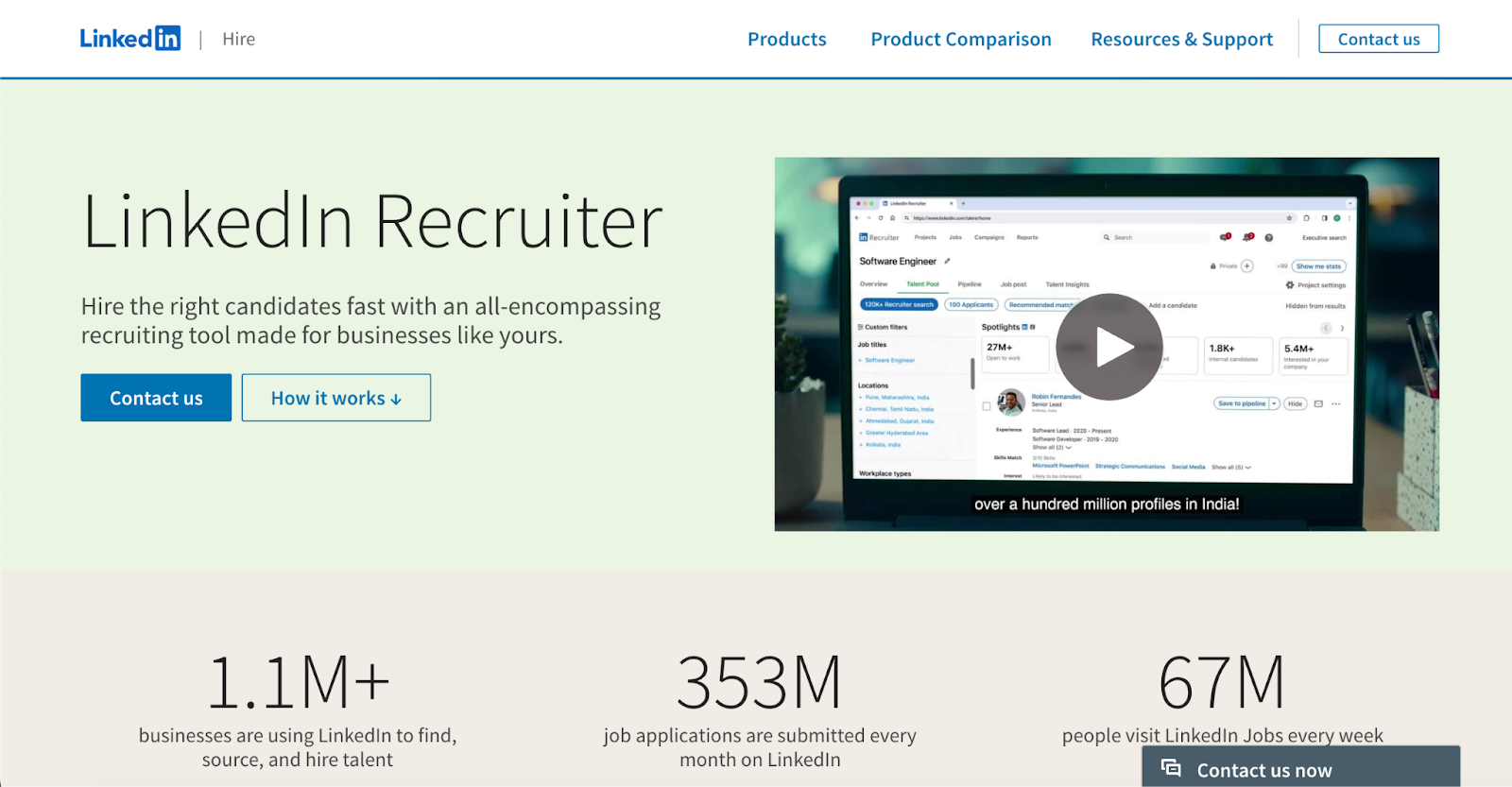
LinkedIn Recruiter remains one of the most widely used sourcing platforms thanks to its massive candidate database. Recruiters can search across millions of active and passive professionals, use advanced filters, and connect with candidates directly through InMail.
It is often one of the first sourcing tools recruiters adopt, though it is less specialized for technical roles.
Key features
- Advanced search filters for location, experience, and skills
- InMail messaging to connect with candidates directly
- Candidate recommendations powered by LinkedIn AI
Pros
- Unmatched candidate volume
- Direct communication with candidates via InMail
- Familiar, widely adopted tool for recruiters
Cons
- Limited DEI-specific capabilities compared to newer sourcing platforms
Pricing
- Custom pricing
7. HireVue
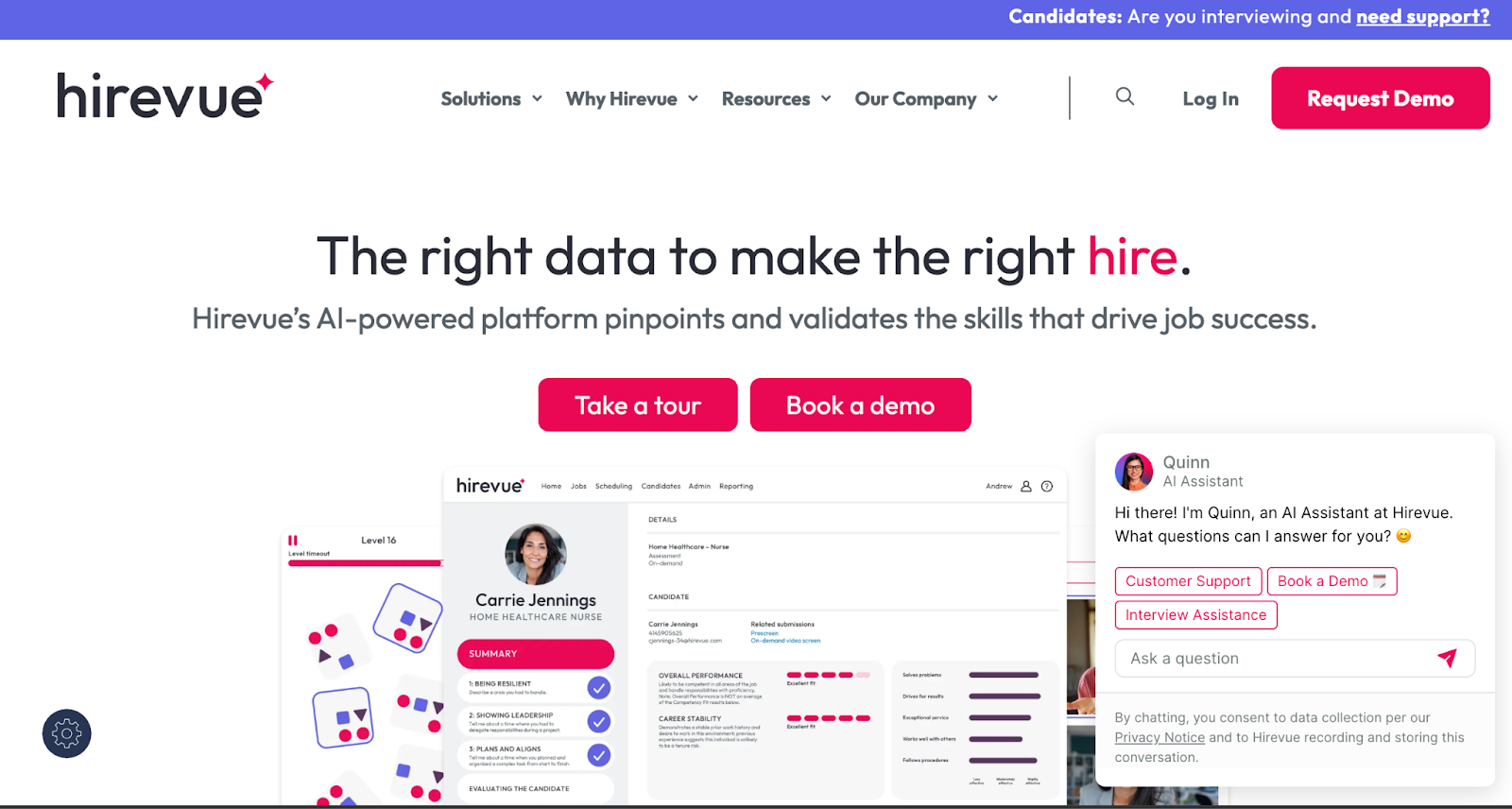
HireVue is best known for video assessments, but is sometimes used in sourcing workflows where recruiters need to pre-screen candidates quickly. Its AI capabilities score candidate responses in video and text interviews, helping recruiters shortlist at scale.
While less of a direct sourcing tool, it is valued by teams who want sourcing tied to early-stage assessment.
Key features
- On-demand video and text-based interviews
- AI-driven behavioral and skill scoring
- Bulk candidate screening
Pros
- Effective for high-volume candidate pre-screening
- Saves recruiter time at early stages
- Candidate engagement reporting
Cons
- Better for assessments than initial candidate discovery
Pricing
- Custom pricing
How to Choose the Right Sourcing Tools for Recruiters
Selecting a sourcing tool is not just about features but about how well it fits your hiring priorities. Here are the factors recruiters should consider before committing to a platform:
- Hiring volume and scalability: Enterprise recruiters should look for platforms that can handle thousands of concurrent candidate profiles and outreach campaigns without lag. Tools like HackerEarth and SeekOut are better suited for bulk hiring, while others may cap volume.
- Technical role coverage: When recruiting engineers, data scientists, or specialized developers, prioritize tools that offer technical sourcing from GitHub, Stack Overflow, and niche forums. AmazingHiring and HackerEarth provide this depth.
- DEI support: Diversity and inclusion filters, blind sourcing, and analytics are essential for building balanced teams. SeekOut and Entelo have robust DEI tools, while HackerEarth adds fairness through skill-based benchmarking.
- Assessment and interview integration: If your sourcing platform ends at candidate discovery, you will need additional tools for screening and interviews. HackerEarth and HireVue combine sourcing with assessments, while LinkedIn Recruiter requires external evaluation platforms.
- Ease of integration: A tool that integrates with your ATS and CRM is critical for smooth workflows. HackerEarth, Entelo, and HireEZ all offer strong integrations, reducing manual data entry.
- Support and onboarding: Look at customer support availability and the learning curve. HackerEarth offers 24/7 SLA-backed support, while LinkedIn Recruiter provides limited onboarding resources.
📌Related read: How Candidates Use Technology to Cheat in Online Technical Assessments
The Best Sourcing Tools for Recruiters in 2025
Recruiters in 2025 have access to more sourcing technology than ever before, but not every tool is designed for enterprise-grade hiring. For example, LinkedIn Recruiter remains the baseline option for reach, Entelo and SeekOut provide diversity-focused sourcing, and HireEZ makes outreach more efficient. Similarly, AmazingHiring is valuable for developer sourcing, while HireVue offers video-first pre-screening.
For recruiters hiring technical talent at scale, HackerEarth delivers the most complete solution. With AI-powered sourcing, a 24,000+ question library, advanced proctoring, code quality scoring, and FaceCode interviews, it covers the whole hiring journey from discovery to final selection. Its scalability and 24/7 support make it especially effective for enterprises and fast-growing companies that cannot afford delays or weak assessments.
If your goal is to source, assess, and interview top candidates with confidence, HackerEarth is your best choice. Schedule a demo with HackerEarth today to see how it can accelerate your technical hiring and help you secure the best talent.
FAQs
1. What is the best tool for sourcing candidates?
The best sourcing tool depends on your needs. For technical hiring at scale, HackerEarth is ideal as it combines sourcing with assessments and interviews.
2. What are sourcing tools in recruitment?
Sourcing tools help recruiters find and engage candidates beyond traditional job boards. They use AI search, data aggregation, and automation to identify both active and passive candidates across networks, databases, and niche communities.
3. How can recruiters source candidates effectively?
Recruiters can source effectively by combining AI-driven platforms with outreach automation and DEI-friendly filters. Tools like HackerEarth also integrate assessments, which allow recruiters to qualify candidates faster and reduce reliance on manual screening.
4. What is the most effective source for recruitment?
For broad reach, LinkedIn Recruiter remains dominant. For technical talent, platforms like HackerEarth and AmazingHiring provide access to niche communities and coding assessments, making them more effective for engineering and specialized roles.



































